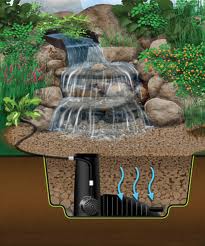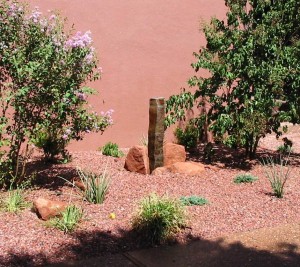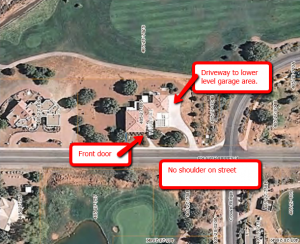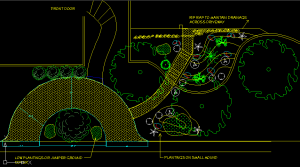Who doesn’t want their yard to be a lush paradise? Many people dream about going on vacation to a tropical paradise where the vegetation is naturally lush. Some people dream about retiring and living on a tropical island in the Caribbean or Hawaii. But why wait till you go on vacation or retire? Why not create your own paradise now in your own yard? Well, you may say, sure, but not clear about how to go about creating one. Well that kind of alludes to the secret I’m talking about in the title.
One person’s idea of paradise may not be the same as another. For instance, you may have grown up in the mountains among pine trees and lakes and your idea of paradise is to reclaim that feeling you had when you were a child and had no cares or worries.
One key element that makes up a universal concept of paradise is water. Lushness implies an abundance of water, not only for the plants to thrive, but perhaps a pond, stream, lake or view of the ocean. You can see how water plays the fundamental key element in creating the feeling of a lush paradise.
The climate in which you now live will determine the degree to which you can transform it into a lush paradise. It may not be able to be tropical with palm trees and Hibiscus flowers, but you can depend on some of the other elements to capture the feeling.
Let’s look at the criteria for what constitutes a “lush paradise”.
The word paradise comes from the Persian word pairidaeza or walled garden and used to describe the Garden of Eden in Genesis. An ecosystem that is considered lush would be like a rainforest that had an abundance of fruit bearing plants, plenty of rainwater, wildlife, shade and canopy as well as a balance of rain and sunshine. It may even contain waterfalls.
Think about what it would be like to wonder through a jungle. A jungle is like a rainforest, but we think of jungle as something wild and untamed. Something not controlled by humans. We fear it at the same time we are captivated by its raw state of nature.
We may see exotic species of plants, animals, insects and birds. As we explore, we may come upon a natural clearing where we can rest under the shade of the trees. We may also arrive at a spot where we can see the distant mountains and views of the surrounding forest, giving us a sense of place and the feeling of security that we are not lost.
Our basic needs are met with food, water and shelter. We also need a sense of security that we are safe from predators. We need a place we can hide – a type of sanctuary from the rigors of daily life in the “outside” world.
This is what describes a paradise, a kind of Heaven on earth. The perceived state of mind of being in heaven is hard to grasp, but the closest thing we can relate to is our concept of paradise, and of course, paradise is always lush. That sense of lushness is both the water and the vegetation. It’s the essence of nature or the natural environment and that is the secret.
Our sense of place is tied to our perceptions of being. We are aware of our surroundings by what we perceive through our senses of sight, smell, touch, taste and hear.
As we get to the essence of what is means to be in a lush paradise, we understand that it is not unlike a creature living in harmony with its natural environment. But does an animal such as a Tiger realize that it is living in a paradise? No, because animals do not have the same consciousness as humans. Animals are in a way, unconscious of the concept of paradise. They coexist with nature without thinking about it. That is what separates us from this primordial state of being, the fact that we think and use our minds to name things such as paradise and gardens keeps us from experiencing the essence of what we are trying to capture.
We can turn off being human and thinking too much by incorporating my five tips to making your yard into a lush paradise and which capture the essence of what we think of as paradise in our own yard in my next post.









